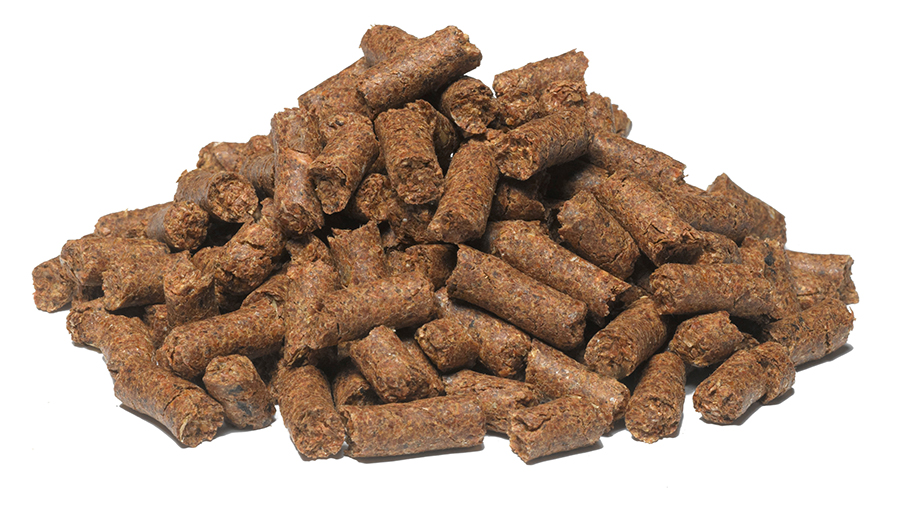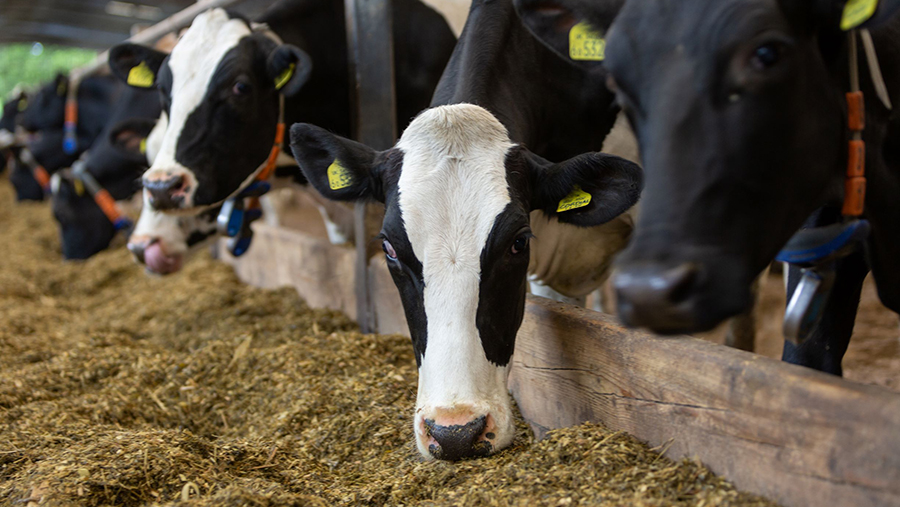Advertiser content
Why accurate protein supplementation is crucial this season
Ensuring protein supply levels are meeting requirements will be crucial to cow health and productivity this summer, as dairy producers continue to face growing pressure to control feed costs and maintain performance.
With soaring production and input costs, and many producers looking to extend the grazing season and make more use of forage, KW Feeds advises a balanced buffer ration is critical to maintain cow performance.
In a recent survey conducted by KW Feeds, 64% of respondents stated they aimed to use less fertilisers this year, but 68% are expecting to utilise the same amount of forage, with 62% hoping to take advantage of more grazing this year.
However, feeding cows at grass introduces a different series of challenges, not least estimating grass nutritional value and supply, to maintain cow performance.
Producers are being reminded to look at the longer-term picture, in particular concentrating on protecting the productivity of fresh cows and considering the returns per litre.
With the dry conditions experienced across the country in recent weeks and months, growth rates have been struggling so it is even more important than ever to not rely too heavily on grass, while ensuring a good well-balanced buffer ration is offered.
Considered approach
“Producers need to take a considered approach, rather than take a knee-jerk reaction to current prices. The aim should be to protect the cows that are making you money. Milk prices are rising as processors require more supplies, so protecting fresh cow productivity will deliver returns,” explains Charlotte Ward, KW Feeds ruminant technical manager.
“Too often the desire to exploit low-cost grass leads to over-estimates of its feed value and dry matter intake, leading to reduced performance, especially in early lactation/higher yielding cows, as well as poorer health and fertility,” she says.
“It is important to be realistic about what can be achieved from grazed grass alone. A balanced buffer ration of suitable quality and quantity is critical to cow health and productivity.”
Efficiency of protein utilisation
The efficiency of protein utilisation will be a key consideration. Protein in grass is largely rumen degradable, as such, any protein supplied in the buffer feed should be high quality, with a good level of digestible undegraded protein (DUP).
“The priority with protein is to meet cow requirements without oversupplying rumen degradable protein (RDP) so prevalent in grass. The British rapeseed expeller NovaPro fits the bill perfectly, with its higher DUP:RDP ratio in comparison to soya, allowing for improved protein utilisation,” says Ms Ward.
Rape protein also has an improved amino acid profile more similar to milk protein than soya. On-farm trials showed improved protein utilisation, with a significant reduction in milk urea nitrogen levels, meaning less nitrogen pollution on farm.
Separate trials run at the University of Nottingham also found rations containing NovaPro produced an additional 1.7 litres of milk and greater milk solids per cow per day compared to a soya and rape ration, with no significant effect on milk constituents.
Metabolisable protein requirement
With mixed forage rations, there may be need to supply a source of RDP alongside NovaPro to meet the animal’s metabolisable protein requirement. British co-products, such as Vivergo wheat distillers are a good option.
Representing a cost-effective replacement for a soya bean meal and cereal mixture, Vivergo wheat distillers provide a palatable, high energy, high protein feed, rich in digestible fibre, low in starch and providing a good source of bypass protein.
The wheat distillers from Vivergo’s bio-refinery are produced using wheat as the sole feedstock, rather than varying proportions of maize/wheat.
This leads to a consistent alternative feed which can be included into compound, blends or used as a straight on farm.
“Replacing 2.2kg of hi-pro soyabean meal and 1.8kg of rolled wheat with 4kg of dried wheat distillers from Vivergo can save around 26 pence/cow/day which, on a 250-cow unit, equates to around £1950/month,” explains Ms Ward.*
“As well as lowering the carbon footprint of the ration, wheat distillers also support rumen health by switching some of the energy being supplied from starch to digestible fibre; lowering the risk of acidosis and supporting butterfat production,” she adds.
KW Feeds believes NovaPro and Vivergo wheat distillers will have a huge effect on the protein supply to the dairy industry, with the ability to cost-effectively lower the environmental footprint of rations.
* Prices correct at the time of writing and subject to change.
Provided by
At KW, we’re proud to support our customers to achieve sustainable performance through unrivalled market expertise and a product offering second to none. We pride ourselves on being a feed and nutritional services partner to some of Britain’s top-performing farms.


